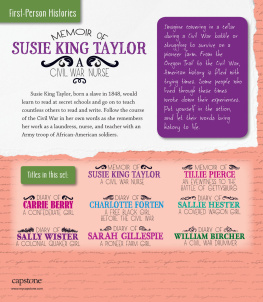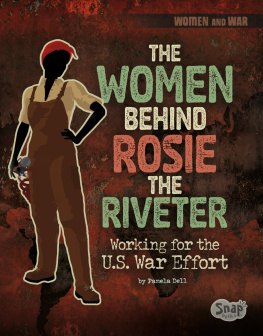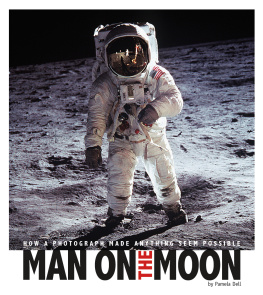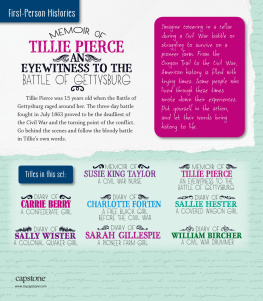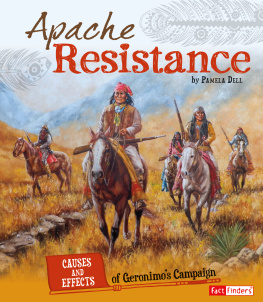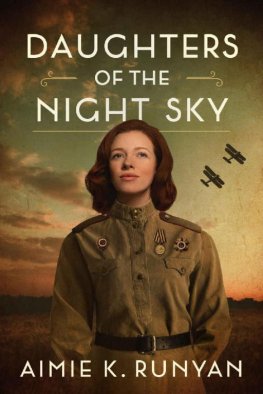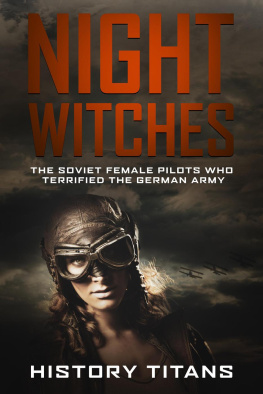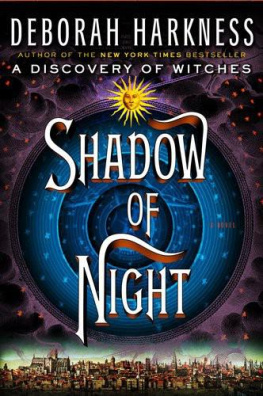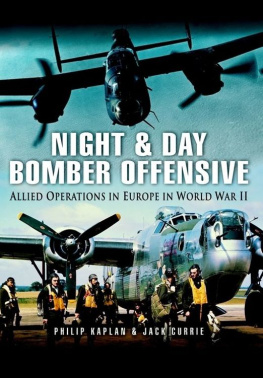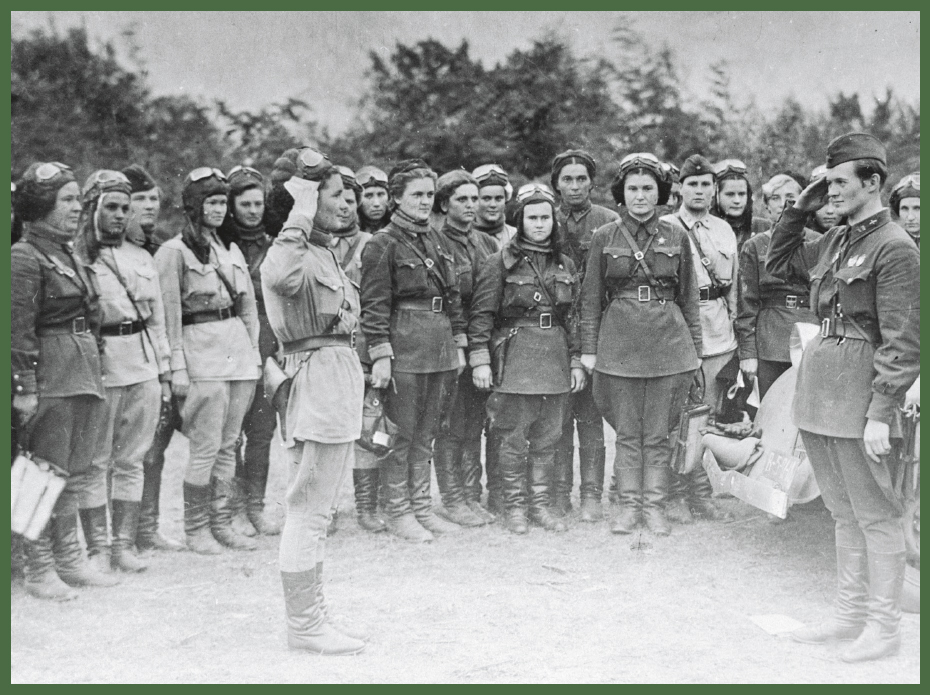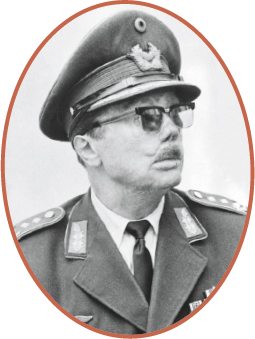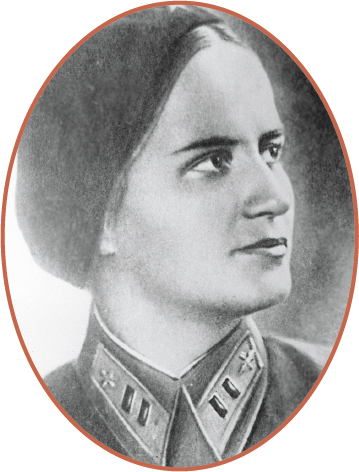Timeline
- 1933: Marina Raskova becomes the first Soviet woman to pass the aviation exam and is licensed as a pilot.
- 1938: Raskova makes her record-breaking and death-defying flight across the Soviet Union to Siberia.
- June 1941: Soviet Union officially enters World War II.
- October 1941: Joseph Stalin orders the formation of three all-women air combat units. Among these is Regiment 588, nicknamed the Night Witches. One thousand women head to Engels, Russia, to begin training under the direction of Raskova.
- June 8, 1942: The Night Witches make their first bombing run.
- July 17, 1942 February 2, 1943: The Soviet army successfully defends the city of Stalingrad (now Volgagrad) against the enemy. This battle kept the Germans from moving deeper into the Soviet Union and became the turning point in the warbringing success to the Allies.
- December 9, 1942: Some squads from the 588th are commanded to stop the approach of an enemy ferry crossing the Terek River. The Germans spotlight one plane and shoot out its cockpit but the female pilot and navigator survive.
- January 4, 1943: Marina Raskova dies in a flight accident.
- July 31, 1943: Four of the Night Witches planes are shot down by enemy fire.
- Early 1944: Three women are honored with medals as Heroes of the Soviet Union. By wars end, 23 of the Night Witches had earned this award.
- September 2, 1945: Japan surrenders, ending World War II.
- October, 1945: Now known as the 46th Taman Guards Night Bomber Aviation Regiment, the Night Witches are released from duty.
- July 8, 2013: Nadia Popova, one of the bravest and most celebrated Night Witches, dies in Moscow, Russia, at age 91.
Critical Thinking Questions
- What disadvantages did the women face as they worked to become part of the Soviet regiments? Point to places in the text that show this.
- What sorts of things did the women do that showed how brave they were? Find instances in the text.
- Discuss some examples of cause and effect found in the text. For example, what was the effect on male Soviet soldiers of women joining their ranks? Find other examples of how one event or action triggered another.
Read More
- Baker Moore, Shannon .Women with Wings: Women Pilots of WWII. Minneapolis, Minn.: Essential Library, 2016.
- Burgan, Michael .World War II Pilots. North Mankato, Minn.: Capstone Press, 2013.
- Rose, Simon .The Split History of World War II. North Mankato, Minn.: Compass Point Books, 2016.
Chapter 1
Silent and Deadly
On a dark night during World War II (19391945), a small airplane takes flight. Inside sits a pilot. Behind the pilot sits the navigator. The navigators job is to keep the plane on course as the pilot flies over the Russian countryside.
The Soviets fly low. They are searching for enemy facilities and hunting for German military camps and supply storehouses. The pilot and navigator are on a of just two bombs.
In the darkness below, an enemy target comes into view. The Soviet plane cuts its engine, gliding almost silently toward its mark. It beams no light. The have no idea the Soviets are about to attack.
The Soviet plane moves in undetected. Its only noise now is a soft whooshing sound. Once in position for the drop, the pilot releases a single bomb. The bomb makes a direct hit. In a sudden fiery flash, the Nazi facility explodes.
The Night Witches have struck again.
FACT
Nazi Germany launched Operation Barbarossa against the Soviet Union on June 22, 1941. It was an early and aggressive act of war. Millions of German enemy forces marched into the Union of Soviet Socialist Republics, or USSR (also called the Soviet Union). Operation Barbarossa remains the largest military invasion in the history of warfare.
The Soviet Unions Night Witches had a more official name: the 588th Night Bomber . The regiment was unique among all the Soviet air forces. This was not because of their unusual planes, and not because the planes carried only two bombs at a time. The regiment was unique because of its members: all of them were women. And they were all skilled, daring, and courageous.
The Night Witches trained hard to be in the Soviet military.
FACT
The Soviet Union was the worlds first nation to let women fly combat missions.
Throughout World War II, the 588th Regiment flew thousands of missions. They flew at night, in all weather conditions. Their aim was to attack the many German forces that were invading the USSR. The women dropped thousands of tons of bombs to combat the forces. Their bravery and successes made them heroes in the Soviet Union. They struck terror in the hearts of German soldiers.
The Nachthexen
The German soldiers despised and feared the relentless 588th Regiment. They dreaded the soft, nearly silent swishing noise as the womens planes glided near. The planes whoosh-whoosh-whoosh sound, heard only in the dead of night, reminded the men of a witchs broom, calling forth memories of frightening fairytales. It was the Germans who gave these women their legendary nickname. In German they were called Nachthexen. In English they were the Night Witches.
We simply couldnt grasp that the Soviet airmen that caused us the greatest trouble were in fact women. These women feared nothing....
Hauptmann Johannes Steinhoff, German Commander of II./JG 52, September 1942
Chapter 2
Women on a Mission
In October 1941, USSR leader Joseph Stalin sent an official order to a well-known 29-year-old aviator. The was Marina Raskova, a major in the Soviet Air Forces. She had persuaded Stalin that female combat pilots should join the war effort. His order commanded her to find and train these pilots.
Joseph Stalin
There would be three womens regiments: the 586th Fighter Regiment, the 587th Day Bomber Regiment, and the 588th Night Bomber Regiment. Each regiment had at least 400 members. That number included pilots and navigators. It also included ground crew and mechanics.
Marina Raskova
FACT
The Night Witches were sometimes called Stalins Falcons.
Flight training began in early 1942. It took place at an air base in Engels, a city on the Volga River in Russia. Thousands of young women from all over the USSR applied. Their average age was 22. Many were teenagers as young as 17. No one was older than 26. Most wanted to be pilots. But they all wanted to do their part against the .


